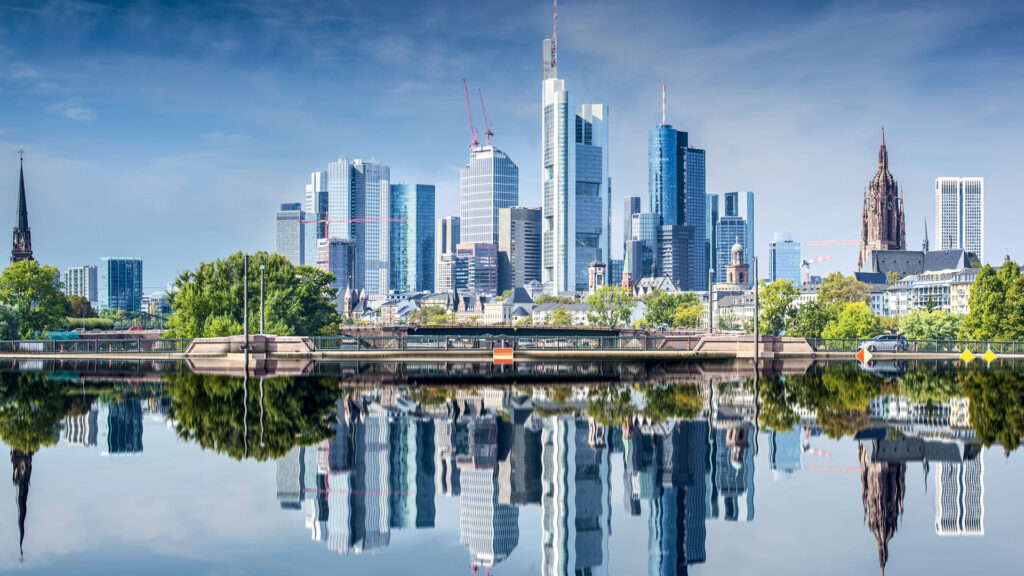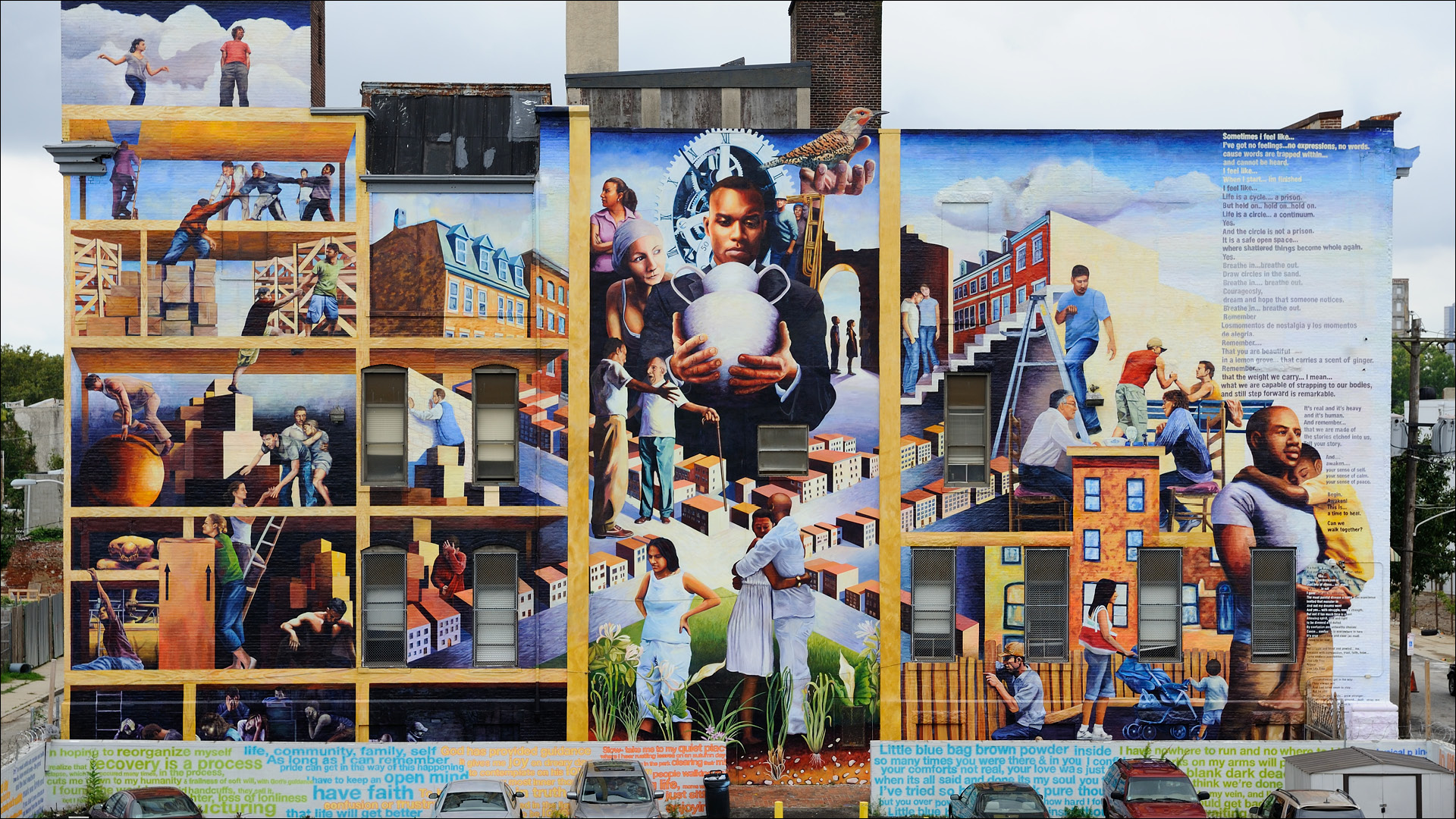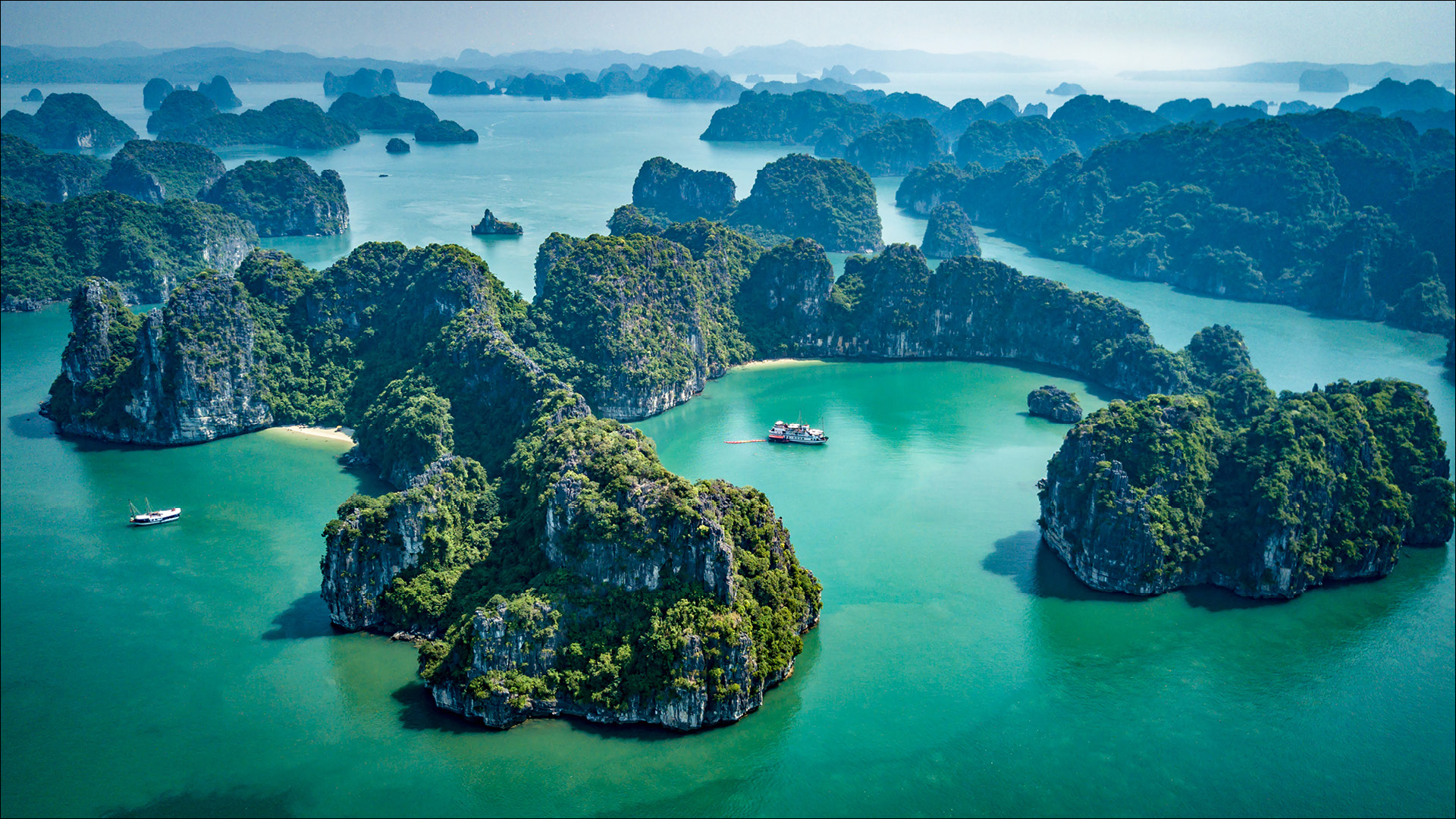A prominent banking capital, Frankfurt is one of Europe’s most active layover cities. We use this perfect opportunity to explore the cosmopolitan destination’s buzzing vibe, museum mile, lively pubs, and green spaces.
By KALPANA SUNDER
I have landed and transited through Frankfurt’s busy, efficient airport a zillion times, but never ventured out into the city thinking of it as an ‘all work and no play’ stop, with business and commerce flowing through its veins. Many call it Germany’s ‘Mainhattan’ and, occasionally, even ‘Bankfurt’, given that it is home to more than 300 banks. The day I finally decided to spend some time in Frankfurt,
I discovered a whole new side to it—one that was hip, fun, and oh so charming! My hotel, the 25hours Goldman, is quirky and refreshing, peppered with modern art and a different colour theme for each of its floors—the first sign that this city is going to surprise me with its offerings. It’s a grey day with a light drizzle and I sign up for a tour of the city by an electric velo taxi. I am delighted by this unique mode of transport to see the city: inside a cozy, egg-shaped pod, with blankets to snuggle into. As it whizzes down pavements and streets, taking me past the beautiful Main River, my guide, Hans, offers his personal insight into local culture and architecture. It’s safe to say, this is a great way to get around and get a feel of Frankfurt.
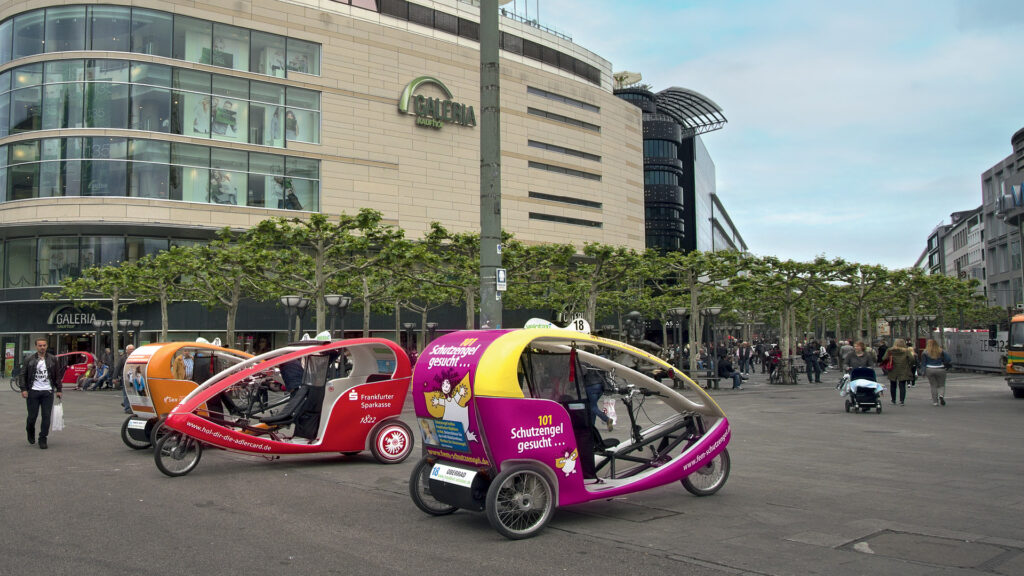
Heart of the City
“This is a cosmopolitan city with more than 180 nationalities calling it their home,” Hans explains. We drive to Romerburg, Frankfurt’s historic centre, and it feels like a trip back in time. Most of the beautiful buildings here were destroyed during World War II; however, many of them have been meticulously rebuilt. The central square is home to the Rathaus (City Hall), which dates back to 1405 and is flanked by half-timbered, gabled houses in candy-coloured shades. Towering above everything is the St. Bartholomew’s Cathedral,
a Gothic, red-sandstone structure that hosted the crowning of several kings and emperors of the Holy Roman Empire through the 14th till the 18th centuries. As an architecture buff, I am especially fascinated by the Dom Römer Quarter, an area in the heart of this old town where many destroyed buildings were painstakingly reconstructed as exact replicas of their medieval counterparts.

Shopping Delights
Next, we zip towards Zeil, a bustling pedestrian zone also known as the ‘Fifth Avenue of Germany’. This shopping street offers everything, from chic boutiques and international department chains to a modern, 10-floor shopping centre, the Zeil Galerie. As expected, the area is dotted with several cafés and eateries that tempt with their chic ambience and delectable offerings. “This is where you head to when you want to splurge,” says Hans.
Riverfront Dreams
“Not many people know that Frankfurt is a very green city,” shares Hans. “It has a green belt of seven parks on the site where the city’s defensive walls once stood. Called the Wallanlagen, it’s a great place to take a break from bustling city life.” He’s right. This lush, ring-shaped area circles the city centre, and even winds past the river. A hugely popular green space, it is frequented by cyclists, skateboarders, and walkers, all enjoying the scenic environs. Nearby, the Museum Mile is
a tree-lined promenade that is home to a string of museums. Set along the Main embankment, it has something for everyone—while movie buffs throng the German Film Museum, art fans find Rembrandt, Monet, and Picasso in the Städel Museum, which showcases 700 years of European art.
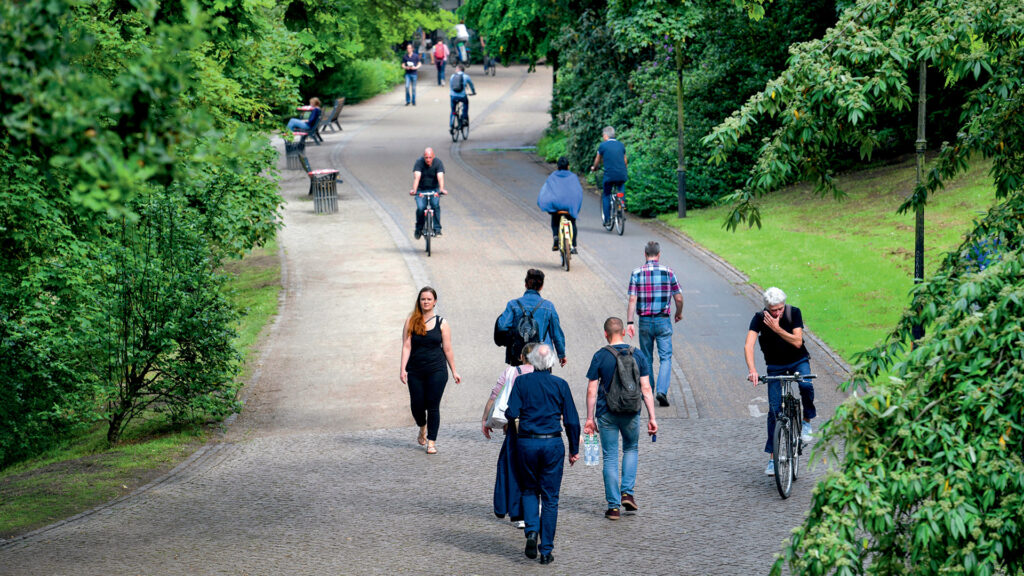
Literary Tales
By now, the weather has improved, and I’m tempted to stretch my legs. I decide to walk around on my own for a bit and ask Hans to
drop me off at the home of the famed, 18th-century writer, Johann Wolfgang von Goethe. Although the house was destroyed during World War II, it was rebuilt using its original plans. I’m enveloped
by a strong sense of the past as I walk through the furnished rooms decorated with baroque pieces and porcelain, the old-fashioned kitchen, a music room, and a puppet theatre presented to Goethe when he was four years old.
Pub Stories
All the exploring has made me thirsty, and I stroll down to the cozy Sachsenhausen area with its cobbled lanes and medieval architecture. This is Frankfurt’s pub district, famous for the local signature drink—apple wine, with a distinctive tart taste. Since it escaped the bombing to a large extent, most of its original architecture still stands tall. Today, the district is home to more than 100 apple-wine pubs and
a dozen fountains, including the Frau Rauscher Brunnen fountain featuring the statue of a lady who spits water on passersby. The apple wine is served in the pubs on communal tables, along with hearty food, such as marinated cheeses, boiled eggs, and potato served with a ‘green sauce’ made from seven local herbs. As I tuck into a platter with a glass of apple wine, I muse on the Frankfurt just discovered and marvel at the surprises revealed.

Related: Discover The Beautiful Architecture Of Paris Through A Series Of Unique Photographs

